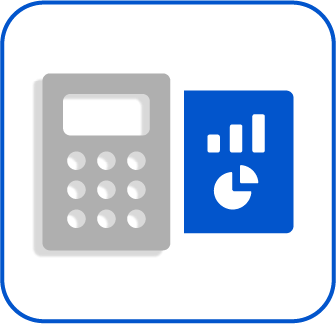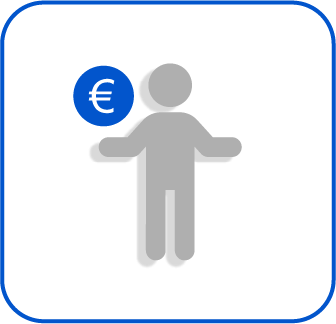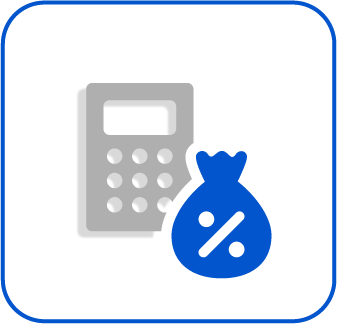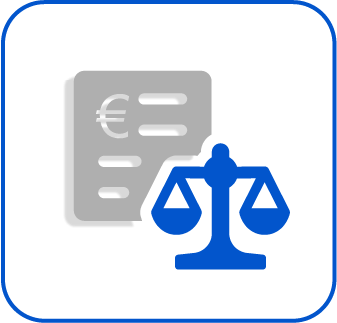Looking for VAT information for businesses?
Looking for VAT information for individuals? Visit Your Europe website.
Value Added Tax (VAT) is a consumption tax on the value added to nearly all goods and services bought and sold in and into the European Union. VAT is an important own resource for the EU budget.
VAT is...

an indirect tax on the vast majority of goods and services

borne by the final consumer, not by businesses

charged as a percentage of the sales price and collected fractionally at every stage of production and distribution

neutral, as the tax borne by the final consumer is the same regardless of the length of the supply chain
Goods sold for export or services sold to customers outside the EU are normally not subject to VAT. However, VAT is charged on most imports into the EU.
Learn more about how VAT works.

An explanation of how the EU Value Added Tax system works.
The legal framework regulating Value Added Tax (VAT) in the EU.
Information about the application of VAT rates in the EU.
Special schemes for specific categories of taxpayers or supplies
How to get a VAT refund for cross-border transactions
A supply of goods or services is an exempt supply if no VAT is applied to it, whether at the final stage of sale to the consumer or at some intermediate business-to-business stage.
How the EU and its Member States work together to ensure the correct application of VAT rules on cross-border transactions.
The various groups advising and supporting the EU on VAT matters.
An overview of the EU’s efforts against VAT fraud.
Everything you need to know about VAT for your business
How tax authorities can use technology to fight tax fraud and benefit businesses, and on whether the current VAT rules are adapted to doing business in the digital age.
Rules on VAT invoicing in the EU
Businesses in and outside of the EU that engage in cross-border business-to-consumer e-commerce may opt to use one of three special schemes under the One Stop Shop.




